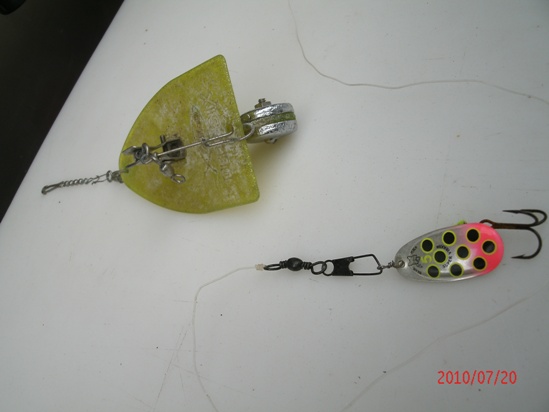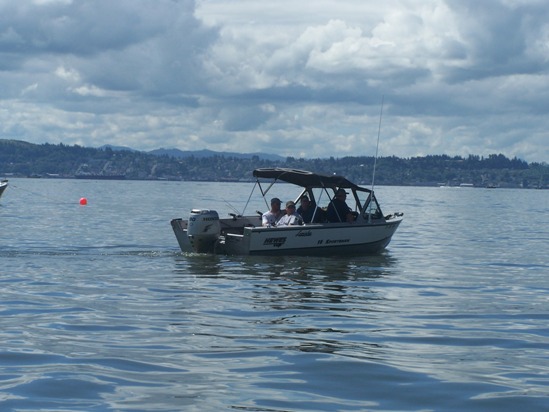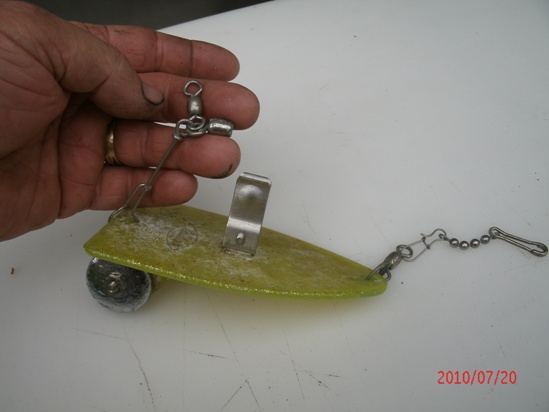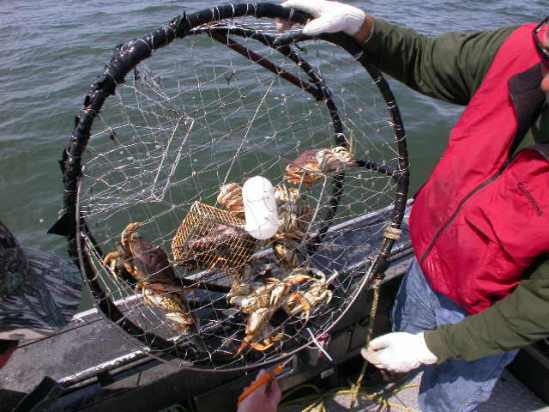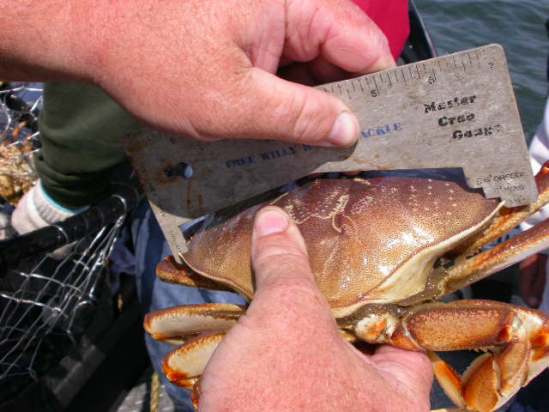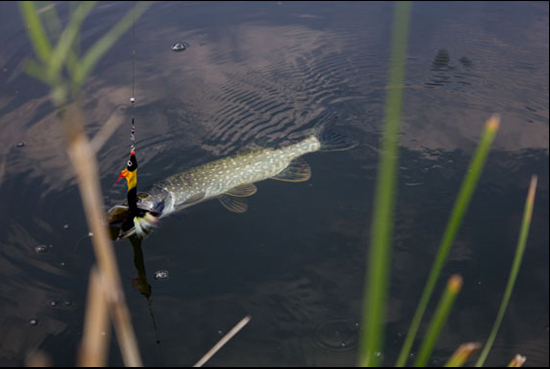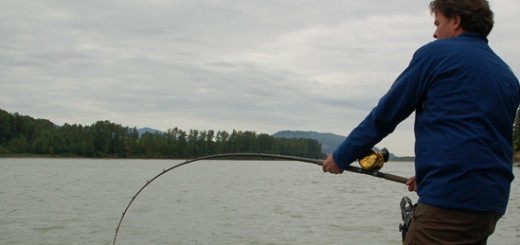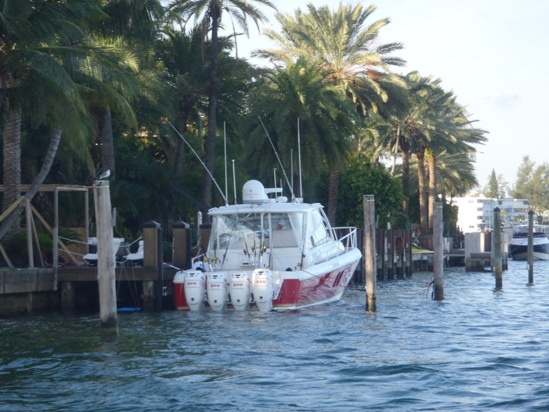Columbia river USA, salmon fishing (part 4)
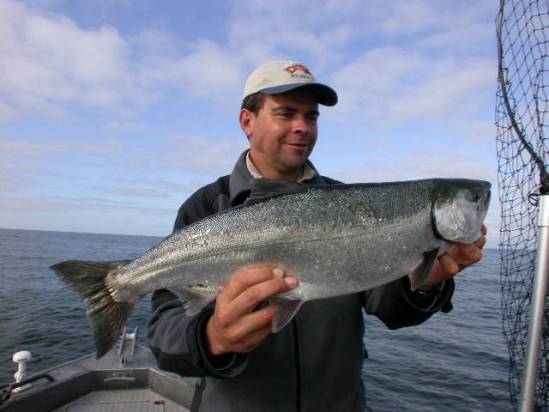
As sturgeon season concludes, we had a very slow (perhaps the worse in 25 years) start to the lower Columbia fishery. The past couple weeks however has improved considerably. We have caught some very nice fish the past two weeks, including three oversize, one of which was over nine feet and 350 lbs. WOW….. Although the overall numbers were down, I personally makes me cherish this very special fishery even that much more, when you get a chance to set the hook into a nice fish.
A smaller fish “shaker or short” (under 41” fork length) which measures to the fork of the tail, will put up a typical fight for 5-10 minutes.
A larger fish in the 50” – 60” range may fight up to 30 minutes and depending on the amount of fight in the fish, you may have to separate from your anchor and chase the fish to avoid getting spooled! An oversize can fight for an hour or more, and you will have to release the anchor to pursue and wear this fish enough to get to the boat! A case of serious “arm pump” is usually the result of this size of fish. Not for the faint hearted! This year a typical day allowed 3 – 4 fish. A few more towards the end of the season perhaps. This has been declining the past few years.
Five – ten years ago there were days of 30 or more fish in a day!
Salmon…..
There are 12 species of salmon/steelhead that return to the Columbia River system for spawning. The most popular for sport fishing are the spring Chinook and the Coho or “silver” salmon. The Chinook is the larger species and can reach 35 lbs or more. The Coho will rarely get over 20 lbs.
.
July marks the opening of the pacific ocean fall Chinook and Coho season, off the mouth of the Columbia river as these fish gather in there preparation to return to the Columbia system to complete there life cycle! Trolling is the most common technique for sport fishing, and we will use a “diver” with a leader and a double set of hooks known as a mooching rig, with anchovy or herring trailing. The diver gets the bait to the depth desired, as we do not use any weights in this technique. The bait is rigged as “plug cut” to allow it to make a circular role in the water simulating a wounded fish. A spinner behind the diver also is productive on certain days. Barbless hooks are required in the ocean, and all native (non- adipose fins) not clipped must be released unharmed to keep the native or natural runs strong. Hatchery fish are fish raised and released in state/federal run programs and released for there journey to the ocean and return to the area in which they were released for spawning 2 – 4 years later depending on the species! These fish are marked by cutting the adipose fin.
.
Trolling 3-4 mph trying various depths until you find the fish. Salmon are usually close to the surface in the ocean. We measure the fishing depth by counting line pulls off the reel. One pull is from the reel to the first guide. We’ll start by fishing one or two poles 8 – 10 pulls, then 12-14 etc until we start getting fish then adjust the others to the proper depth. Line counters are gaining popularity now eliminating the need to count!
Some anglers will use “flashers” or other hardware as attractants, but personally I don’t think it is necessary.
.
When a fish strikes, it will trip the diver, eliminating any resistance on the line – just fighting the fish! Chinook are more fierce fighters and both species have fairly soft mouths, so you must set the drag very loose to keep from ripping the hooks from the fish’s jaws!
.
In august, the river migration is underway. Fishing techniques are similar, only Chinook will typically hug the bottom of the channels. The Coho will be found suspended somewhere in the middle. Spinners are more widely used with divers in the river, but anchovy and herring can produce fish as well. You are fishing the incoming tide, which will bring fresh ocean fish in with its currents. You are fishing the first few miles of the river where the sport crabbing for delicious dungenous crab also comes into the river searching for food. We occasionally will put out baited crab traps (baskets) and let the attract crab while we are pursuing our salmon. At the end of the flood, we will retrieve our traps, sort out the males that meat the size requirement and release the rest, as an added bonus to our salmon catch. There are many areas where salmon fishing for catch and release is practiced, but here it is solely a food source.
.
.
If the tide is cooperative, we might also try some jetty fishing or bottom fishing before returning to the boat landing. Lingcod, Cabazon, sea bass, sea trout, are among the species that can be found near the jetties and can be caught by jigging lead jigs, or rubber worms similar to your walleye fishing. When ocean conditions are favorable, halibut seasons and Albacore Tuna can be found near offshore! Tuna it spectacular – I will have to do an article solely on that fishery. We may do some catch and release Sturgeon fishing in late July or August when we are done with salmon for the day.
The salmon season is fast approaching and my anticipation is growing to switch gears to this fishery.
Enough for now – next article, we will talk about some of the best experiences and reflect on razor clam digging. Keep those lines tight!
Dale Murff

